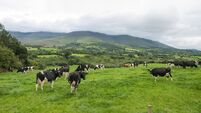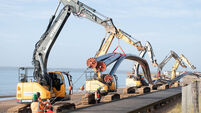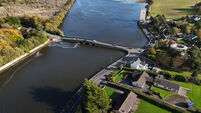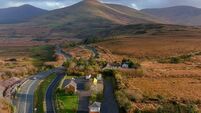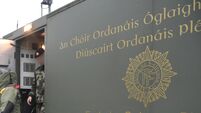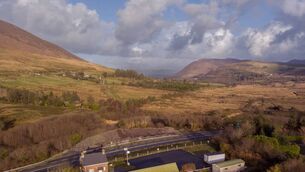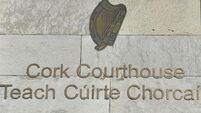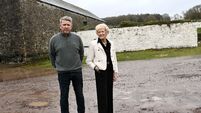Cork's Glen River becomes artistic showcase for ecological awareness

Although well-known to local children and the likes of dog walkers for its rich abundance of flora and fauna, the Glen River Park remains relatively unknown to those outside the area. Picture: Julie Forrester
A haven for biodiversity in the heart of Cork's northside is the subject of a new project aimed at raising awareness of its ecological health through the work of artists.
Although well-known to local children and the likes of dog walkers for its rich abundance of flora and fauna, the Glen River Park remains relatively unknown to those outside the area.
Schoolchildren in the locality have for generations learned about the likes of frog spawning and pollination through nature trips in the Glen River Park, while it became an outside haven for walkers, runners, and pet owners during the covid-19 pandemic.
The new project titled ‘Gleann a’ Phúca’ — referring to the fact the area was once known as ‘Glen of the Spooks’ — aims to celebrate, protect and improve the water quality of the Glen River, the artists said.
Initiated by multidisciplinary Cork-based artist Julie Forrester, in collaboration with the Glen Resource Centre and The Local Authority Water Programme, the project seeks to raise environmental awareness and promote active citizenship through a programme of creative offerings.
CLIMATE & SUSTAINABILITY HUB
Some €56,500 in funding has been provided by Cork City Council, the Local Authority Water programme, Local Creative Youth Partnership and Creative Climate Action Fund.
Following three years of planning, Gleann a’ Phúca will explore the ecology of the valley through six artists’ projects over the course of a year, according to those behind it.
Ms Forrester said the project is about connecting to the biodiversity crisis, helping people rethink lifestyles, and ensuring a fair and just transition to sustainable stewardship of The Glen River.
“The health of our water is vital to all life, yet in Ireland we take it for granted. The Glen River valley is an urban parkland with deep generational connections in the community due to its unique industrial history and ecology.
"This ancient glacial valley still bears the scars of its industrial past; human activity continues to influence the water quality and biodiversity in the park, while a natural rewilding is taking place."
Environmental activists in recent years have lamented the state of the park at times, with pollution and fires scarring the surroundings, leading to repeated calls for better stewardship of it.
Ms Forrester added: "The human habit of using our waterways as convenient effluent disposers means that The Glen River, which runs its entire 1500 metre course through the North East side of the city, undergoes transformations in colour and odour on a daily basis from building developments in the area, household and other waste.
"Gleann a’ Phúca will explore the ecology of the valley through six artists’ projects which delve into the cultural and industrial heritage of the park, inviting participation in the remapping and creation of new practices that call forth its biodiversity, seeking ways to cultivate new habits in relation to the river and the health of its waters from source to where it enters the Lee."
The project was launched on Friday at the local Glen Resource Centre with a talk and walk in the park with biologist, environmental consultant, author, broadcaster and educator, Éanna Ní Lamhna. A new expanded edition of The Glen River Hidden Valley Booklet was also launched.
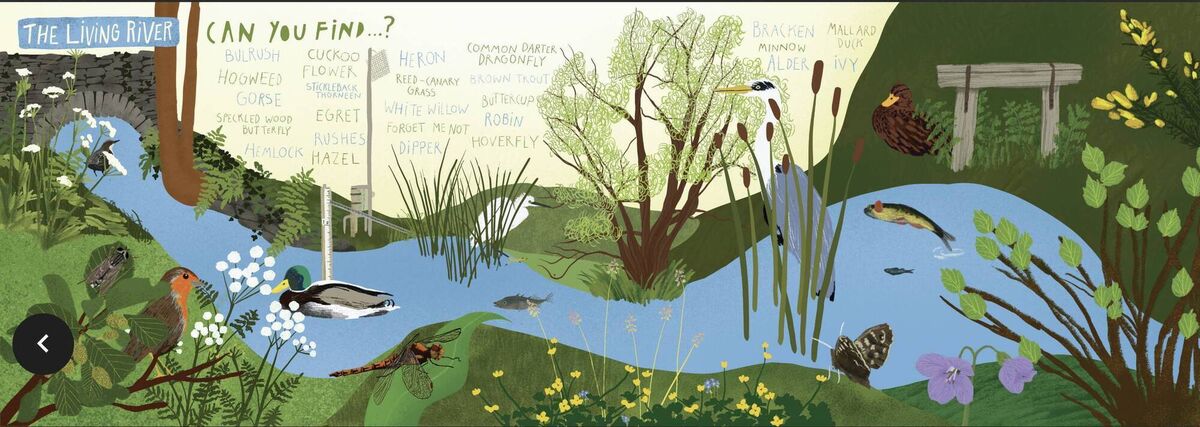
The first two of the six artists's work were also unveiled — Ordinary Gifts by visual artist Elinor Rivers, and Spoon and Bloom, by illustrators and animators Annie Mar and Aaron Ross. ‘Ordinary Gifts' is a series of sensory, creative, science-based activities spread over the course of one year.
“Ultimately the aim is that people will become advocates for the Glen River and re-think what is discharged from their homes as grey water while becoming more aware of local sources of pollution in the river,” said Ms Rivers.
‘Spoon and Bloom’ is focused on positive action, the topography of the park, its natural heritage, and what it can and does mean in our lives.
At cross-quarterly events, Imbolc, Bealtaine, Lughnasa and Samhain, Spoon and Bloom will conduct excursions in the park, sharing memories and collecting stories along the way.



